Galactus is without a doubt the most powerful living entity in the Marvel Universe. Galactus, being a cosmic entity, is almost omnipotent and has earned the moniker “Devour of Worlds” due to his need to feed on populated planets. He is best known as one of the Fantastic Four’s main foes, but he has also confronted a slew of other Marvel characters.
Galactus made his debut appearance in the ‘Fantastic Four’ issue 48, created by Stan Lee and Jack Kirby. We got to see Silver Surfer, who was then a herald of Galactus, bring the message of his arrival to Earth in Tim Story’s 2005 Fantastic Four. Galactus has set his sights on Earth, and he will soon come to destroy it, he says.
Although the film received mixed reviews, it did provide us a glimpse into the mind of the all-powerful cosmic deity. In today’s video, we will go through Galactus in great depth. For mortals or other living forms, being all-powerful may sound appealing, but Galactus has also experienced pain that has shaped him into the person he is now. So, without further ado, let us have a look at the roots of the all-powerful ‘Galactus.’
HOW A GOOD-HEARTED SCIENTIST BECOME GALACTUS-THE DEVOURER OF WORLDS
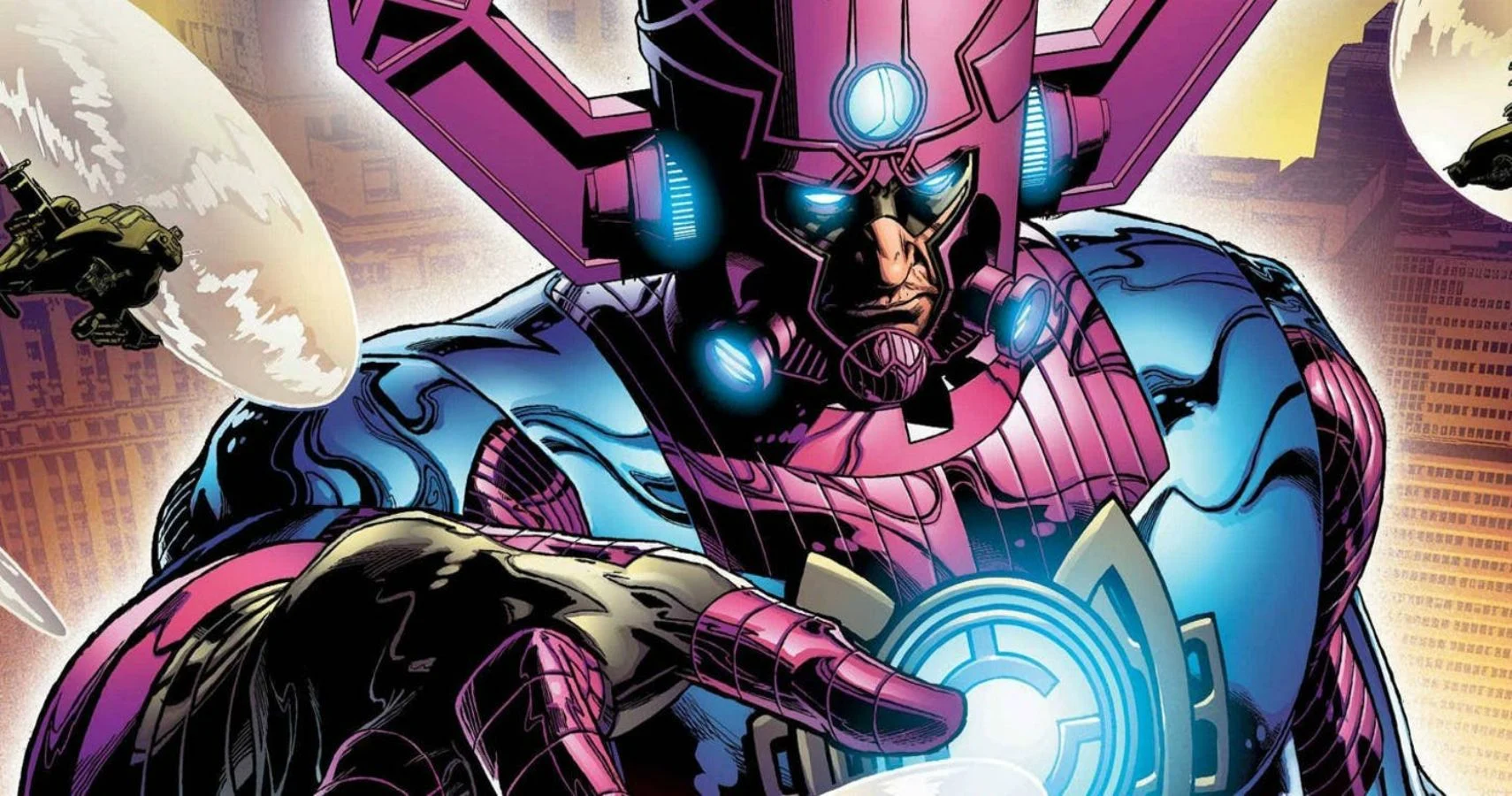
Galactus is the sole survivor of the cosmos prior to the Big Bang. On the planet Taa, he was born billions of years ago. Taa was a paradise world, with the most sophisticated technology in the cosmos. Galan was born in the final years of his world, just before the Big Bang that created the present universe was about to occur. Galan, as a scientist, was able to warn his people of Taa’s and the universe’s imminent disaster.
The very atoms of the cosmos were shifting, and they were witnessing civilizations perish. Inhabitants of Taa began to die as a result of radioactive fallout, and even their sophisticated talents were unable to halt it. As a final act of valor for his people, he persuaded several crewmen to accompany him aboard a space spacecraft to the end of the universe.
Everyone on the ship perished but Galan and a cosmic creature known as the Sentience of the Universe arrived, telling Galan that they both had to die. The entity merged with Galan and became a cosmic egg in the new cosmos. Galactus, his spacecraft, and the embodiments of Death and Eternity were all formed.
For billions of years, he lay dormant within his spacecraft. A Watcher discovered the spacecraft and thought it was fascinating. He then pulled it down out of a planet’s orbit, violating his non-interference promise, and awoke the colossally strong monster aboard. With just one opportunity to destroy it and no desire to meddle anymore, the Watcher let the thing survive.
Galactus learned to harness his power after waking, designing a one-of-a-kind bodysuit to assist regulate his powerful powers. His spacecraft was transformed into an incubation chamber, and Galactus remained there for hundreds of years. The ship ultimately drifted into orbit over Archeopia, and no one dared to interfere with it. His spacecraft was attacked during a galactic battle, and Galactus was reawakened, his incubation complete.
This would be the first instance in which Galactus drew from a planet’s energy. Galactus peered over the devastation he had wrought, knowing he possessed the power of both creation and annihilation. He began to rebuild the planet, which took millennia to complete. When it was finished, it was massive, so massive that planets orbited it as if it were a sun. Galactus named the world-ship Taa II after himself.
Galactus may go for millennia before needing to eat again at this point. He began by merely feeding on the energy of deserted worlds. His hunger increased rapidly, and the period between feedings got shorter. Galactus first felt a great deal of guilt over his demise. He eventually ceased caring about feeding solely on unoccupied worlds since he believed he was superior to other species.
Galactus was said to serve as a balance between Death and Eternity when he came upon them. He is not malevolent but rather burdened with his need to devour worlds. Losing his entire civilization and also being the reason for the creation and destruction of many other worlds he suffers from a great deal of trauma.
HERALD OF GALACTUS WHO SEEK OUT PLANETS FOR HIM TO CONSUME
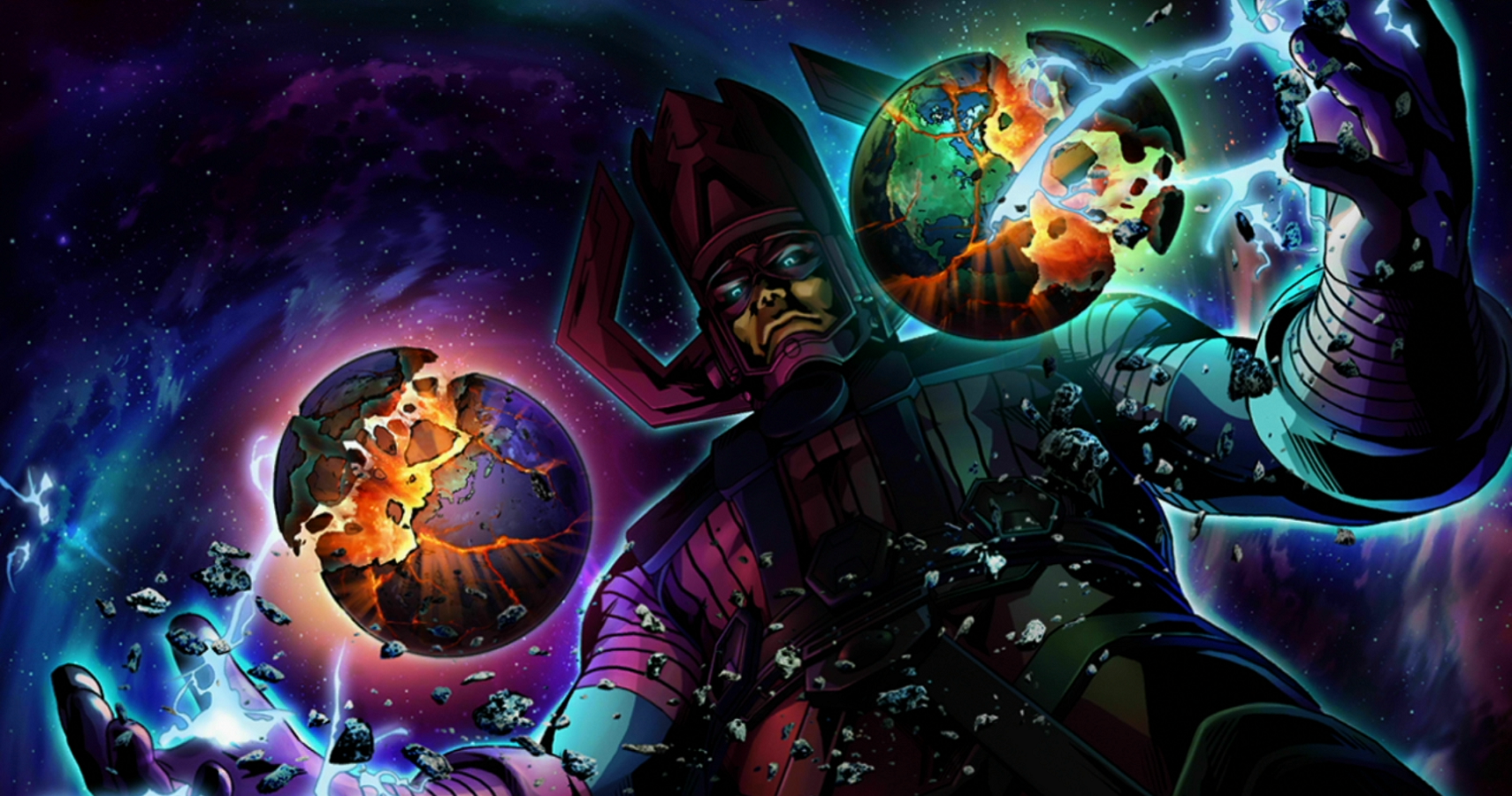
Galactus quickly realized that having others look for worlds with matching energies would be more expedient than searching for them alone. The Fallen One, the first Herald of Galactus, was formed with black energy. Because of its corrupt nature, this Herald did not farewell. He was compelled to confine the Fallen One at the universe’s end. He put the concept of a herald aside for a while after that. Galactus once threatened to destroy the planet Zenn-La, which was home to a cultured, humanoid society.
Norrin Radd, one of the world’s residents, convinced Galactus to spare the planet by offering to be his ‘herald,’ searching out unoccupied worlds for him to eat. Galactus consented, and Norrin Radd was converted into the Silver Surfer. For an unknown amount of time, the Silver Surfer faithfully served Galactus, guiding him to innumerable energy-rich worlds.
Galactus, on the other hand, became determined to swallow the energy-rich planet Earth. As a result, the Surfer revolted, and Reed Richards of the Fantastic Four prevented Galactus by threatening to unleash an alien gadget known as the Ultimate Nullifier on him, a weapon capable of destroying the universe and killing even Galactus. Galactus was compelled to make a promise to spare Earth in consideration for the Nullifier’s return, and he reprimanded the Surfer for his treachery by creating an invisible energy barrier that prohibited the Surfer from leaving Earth.
When he learned the existence of Counter-Earth, he became desperate to swallow it instead of Earth. He and his herald at the moment, the Destroyer, were fought by the Fantastic Four, who had been summoned by the High Evolutionary. Galactus then absorbed the Poppupians’ homeworld instead, nearly destroying it in the process.
Galactus had gone so long without ‘feeding’ on his last effort to swallow Earth that his energies were at an all-time low and he was on the verge of death; as a result, a significant number of Earth’s superhuman defenders actually defeated him in combat.
Galactus was dying from starvation when Reed Richards intervened with Thor’s magical hammer Mjolnir. Galactus thanked Richards and vowed to never strike Earth again. Since then, Galactus has faithfully kept his word. Galactus brought his newest herald, Nova, to Earth during this visit.
GALACTUS THREATENING APPETITE
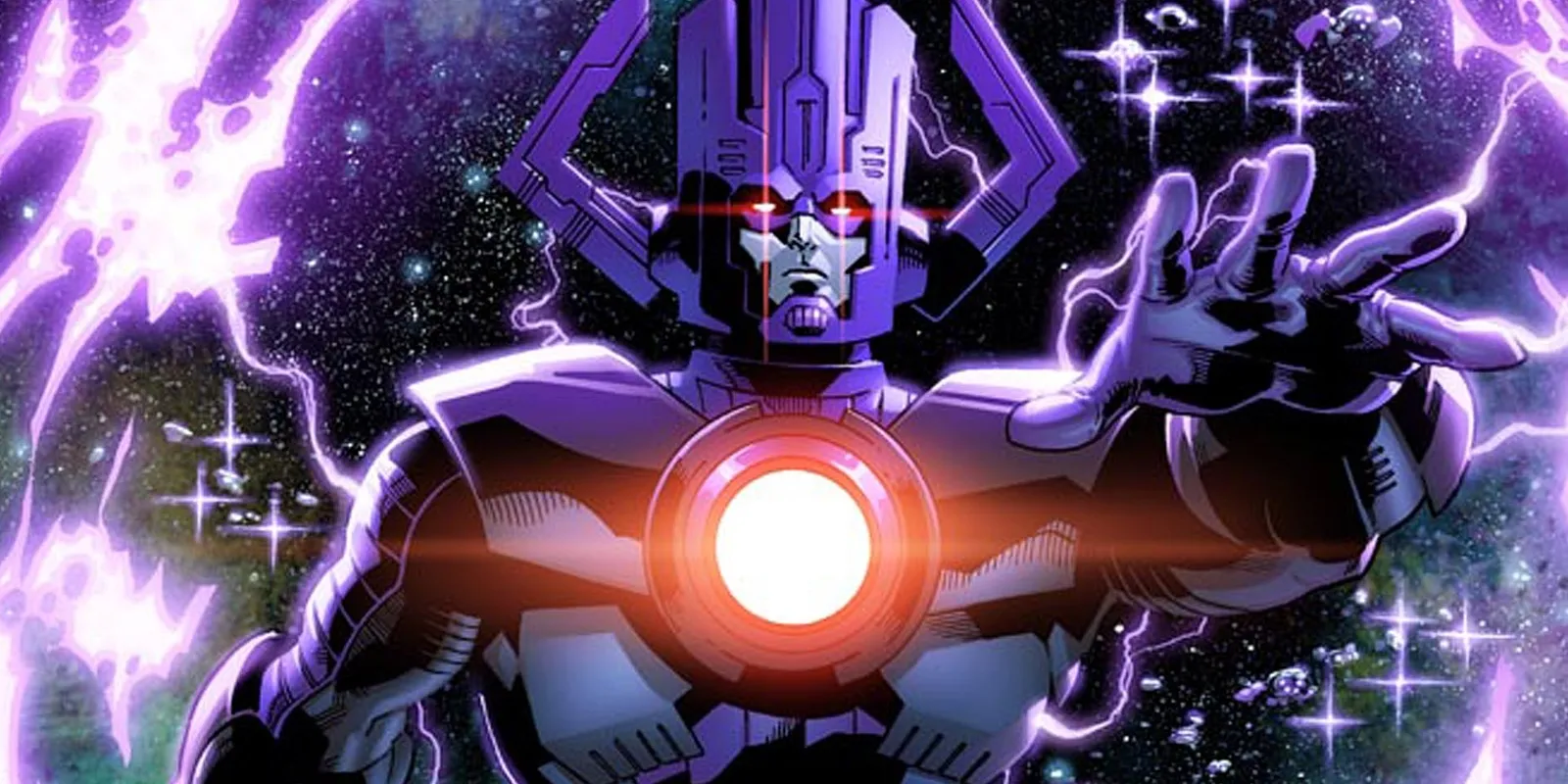
Galactus’ hunger grew to the point that he would only eat the life forces of sentient beings while leaving the worlds on which they dwelt alone. He began to devour more regularly since, unlike the life essences of the planets on which he typically feeds, the life forces of human beings provide him with no nourishment. As a result of his addiction, he was always hungry, weak, and insane. He developed a new herald, Red Shift, to assist him in eating any sentient life forces he encountered.
He returned to Earth and was chased away by a massive number of Earth’s superheroes, while Red Shift was beaten by the Silver Surfer. Finally, the Silver Surfer consented to serve as Galactus’ herald once more, searching for worlds with intelligent life to eat. Just about instantly, the Silver Surfer guided Galactus to the Shi’ar Empire’s homeworld, which was possibly the most technologically sophisticated in the known universe, with the belief that they would have the forces to repel the weaker planet devourer.
To combat Galactus, the Shi’ar immediately teamed forces with other species including some of Earth’s superheroes. During the combat, the Silver Surfer was able to turn Galactus’ own energy-sucking robots against him, severely weakening him.
Galactus perished, but not before warning him that the insanity that had overtaken him was a forerunner to a greater tragedy. Galactus was turned to energy by his own planet-destroying machinery as he died, revealing his real form, that of a sentient star. As Reed Richards pointed out, his energy would continue to radiate indefinitely, preventing him from reforming.
GALACTUS THE LIFEBRINGER

With the universe’s regeneration following its destruction, a group of heroes known as the Ultimates began working on cosmic-scale challenges that may imperil the cosmos. One of their initial objectives was to satisfy Galactus’ appetite. The Ultimates seized Galactus’ Incubator and pushed the devourer of planets into it, allowing a similar process to the one that formed Galactus to occur once more.
Neutronium was used to speed up the process. Galactus awoke with a new purpose in life when the Incubator was destroyed by a burst of light. He became a life-bringer. Archeopia, the first planet repaired by Galactus, was also the first victim of his hunger. When the Ultimates sought to leave the Omniverse to examine the damage wrought by time travel, Eternity entrusted Galactus with stopping them.
Galactus found himself beyond the grasp of the Multiversal manifestation of Eternity after halting the Ultimates’ quest and sending them back to Earth. He realized the truth Eternity intended the Ultimates to know, that it was in shackles. Galactus sought the aid of the Anti-Man to recruit the Ultimates and convert them into his Heralds of Life, now entrusted with finding Eternity’s cosmic prisoner.
When the Anti-Man gathered the Ultimates and Galactus requested their assistance, the Lifebringer was called to the Superflow to stand trial at the behest of Lord Chaos and Master Order, two cosmic beings who considered Galactus’ new position as a perversion of the cosmic hierarchy. The Living Tribunal decided in favor of Galactus, allowing him to continue as his new self, claiming that the cosmic hierarchy in this new reality was still being developed and hence not fixed.
Lord Chaos and Master Order took this advice to heart and attacked and killed the Living Tribunal. After then, Chaos and Order attempted to alter Galactus back. However, because there was no hierarchy at the time, they couldn’t force their will on Galactus, who was on the same level as Order and Chaos.
Order and Chaos exited the Superflow, leaving a crippled Galactus behind, and combined into a new, more powerful creature, Logos. They finally returned and restored Galactus to his original shape, restoring his hunger. Fortunately, the reversal was brief, as the Anti-Man gave up his abilities and life to transform Galactus back into the Lifebringer.
HOW DANGEROUS IS THE GALACTUS
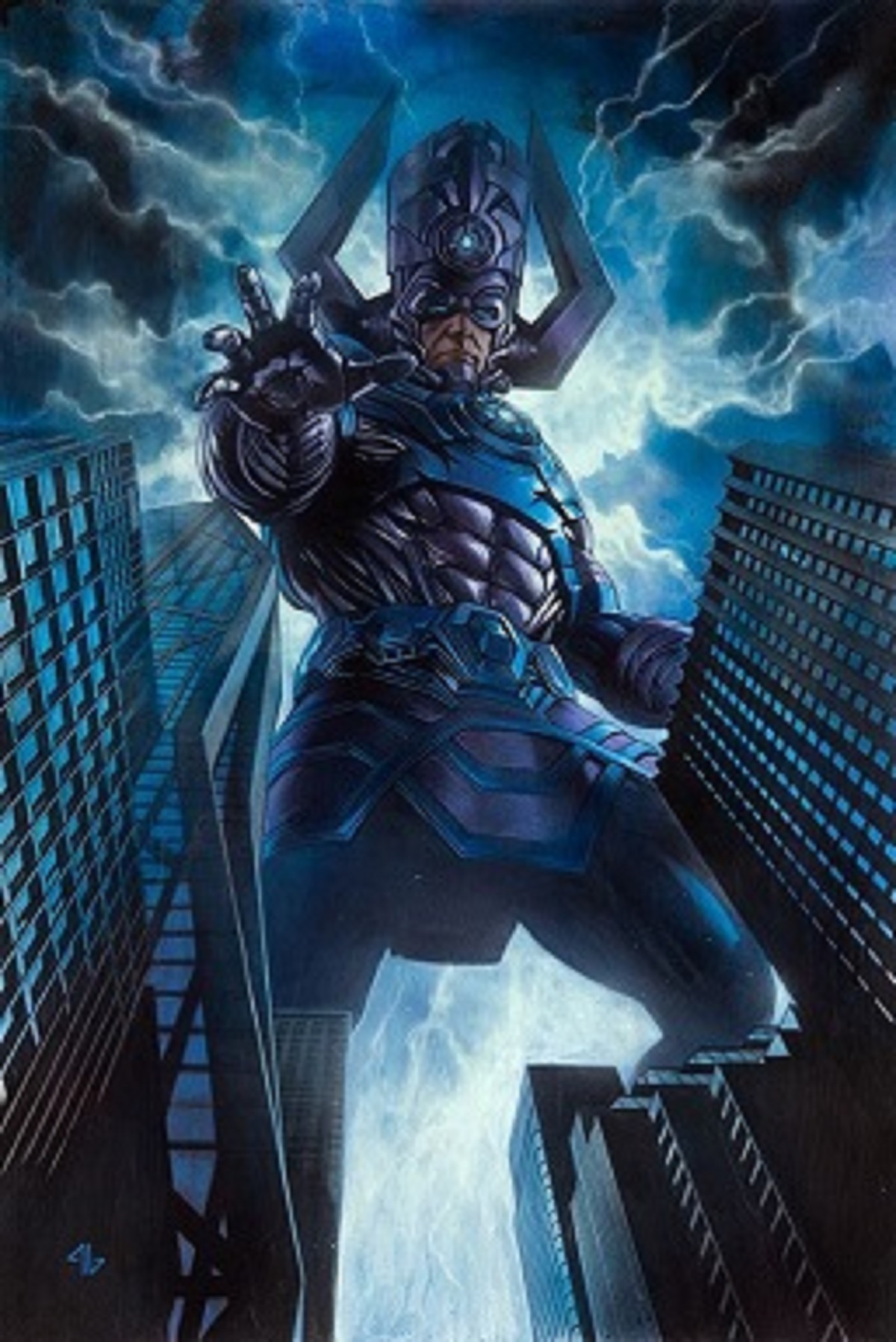
Galactus wields the unfathomable Power Cosmic and is one of the most powerful entities in the Marvel Universe, with near-limitless godlike powers and being regarded as an omnipotent being. His cosmic powers are unfathomable in most ways. Thanos wielding the Infinity Gauntlet ranked him on the very same degree of power as Odin, Zeus, the Celestials, and the Stranger, but much behind Master Order, Lord Chaos, Mistress Love, and Sire Hate, who are themselves well below Eternity and Infinity, who are themselves well below the Living Tribunal.
As a result, Galactus can use the cosmic energy within him to generate almost any effect he wishes. Galactus has been revealed to be capable of fighting four Mad Celestials and destroying one of them, yet he was beaten when they united into a formidable Voltron Celestial. Galactus has also demonstrated the capacity to defeat Odin.
In effect, the almost omniscient Oblivion stated that Galactus’ war with Scrier and the Other affected reality itself, and that they threatened to destroy the Multiverse utterly if they did not stop fighting. Galactus and his Heralds were described as cosmic dangers. The Nova Corps said that he posed a “Universal” danger level. However, despite his enormous strength, it is dependent on the quantity of energy he has collected from planets.
If he does not feed on a regular basis, it will run out, causing him to weaken and starve to death. Galactus, being the universe’s oldest known living organism, possesses one of the universe’s most sophisticated minds. His scientific expertise is incomprehensible to humans. Reed Richards has acknowledged being unable to completely grasp even the most basic technology aboard Galactus’ Worldship Taa II.
The Worldship itself is a solar system-sized construct that is claimed to outperform any natural world in beauty and majesty, yet within its computers is knowledge so vast and far-reaching that it may bestow incredible power on anybody who comes into contact with it. Galactus has displayed a solar scale of super-strength when sated, implying he possesses boundless strength. Galactus is an aptly named character.
The Devourer observes the figure become completely reliant on eating sentient life. Galactus employs a new herald, RedShift, to search out worlds with civilizations for him to exhaust, as the essence of a planet is no longer enough to satisfy him. Galactus The Devourer, starring the Fantastic Four, Silver Surfer, and the Shi’ar Empire, frightens readers with the Devourer’s insatiable appetite and the extent he’ll go to fulfill it.
It is particularly horrible to focus solely on entities capable of emotion, intelligence, and cognition as basic feeding supplies. The Marvel habit of contemplating possible scenarios affects practically every character in the canon, even the Devourer of Worlds. What If? #15 is the Trial of Galactus, with an undoubtedly depressing conclusion: Reed Richards is executed for sparing the former’s life.
This change of events is anticipated by Galactus’ refusal to present at the Trial to speak for Reed, leaving him without a witness in his defense. Laziness, it appears, is not exclusive to humans and has extended to those who “do not feel” like devouring worlds today. A civil war occurred amongst the Proemial Gods prior to the birth of the cosmos. Galactus, who was privy to the struggle, murdered the opposing side’s commander and imprisoned the remainder. After discovering that two of the Gods, Aegis, and Tenebrous, are free, the Devourer dispatches the Silver Surfer to finish the job.
This wiping out of the Proemial Gods, a horrible event performed with planned malice, serves as a reminder of the vastness of Galactus’ existence and the depths of his resolve. Galactus meets Nu-World, a planet with a nascent power source, in Fantastic Four. As the prospect of Galactus swallowing the world presses down on Reed Richards, who is striving to fix the problem with the power source, the plot quickly becomes a race against time.
As time runs out, the people flee in panic as the Devourer performs- what he does best. However, it is shown that he is not only consuming but also destroying the planet’s vital energy. The grim truth of a whole society being ruthlessly uprooted as a result of Galactus’ hunger persists. Galactus’ appetite for Earth is legendary, and the Devourer gets dangerously near in Fantastic Four. His herald, the Silver Surfer, defies his lord and enlists the aid of the Fantastic Four to stop him. They are successful, but Galactus steals the Surfer’s cosmic abilities and abandons him on the world he so desperately saved.
IS GALACTUS A CELESTIAL?
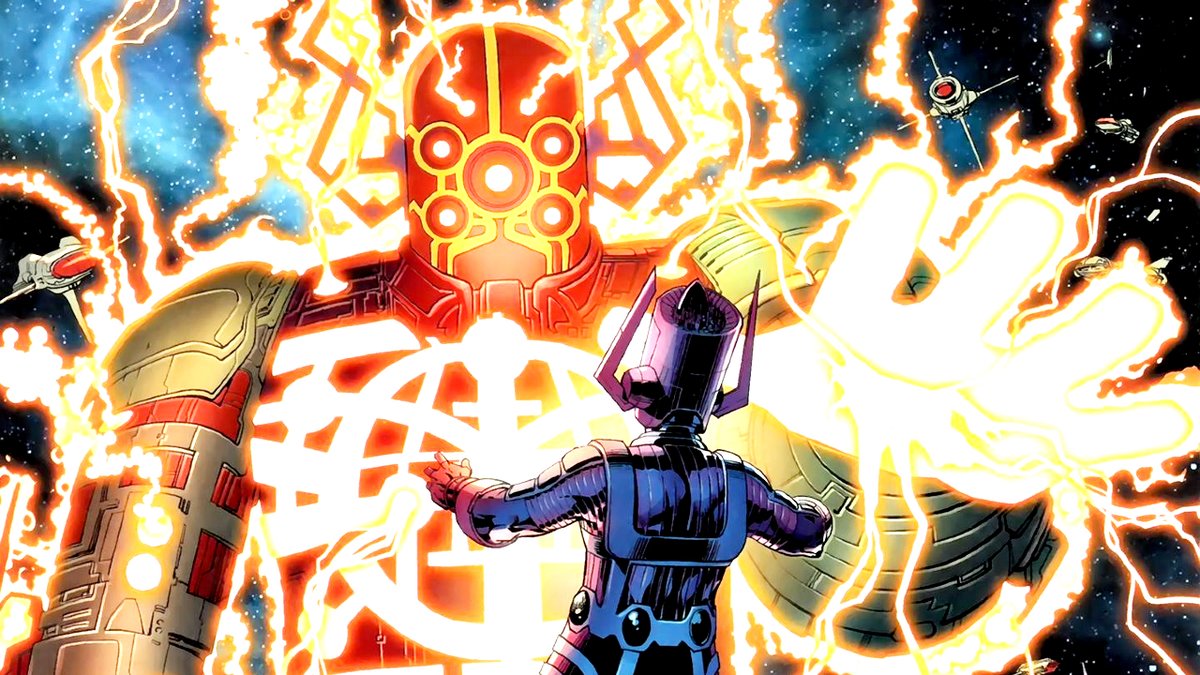
Galactus, the entity that bestowed Silver Surfer’s abilities, is one of the Fantastic Four’s most prominent enemies. He has also appeared in numerous other important Marvel Comics publications, including Thor, The Avengers, Doctor Strange, Guardians of the Galaxy, and Silver Surfer, as well as being a prominent role in multiple Marvel Comics crossover events. Fox’s Fantastic Four: Rise of the Silver Surfer was the first to translate him to the big screen, although it was neither accurate nor well-received.
Many people believe that if Marvel takes a shot at Galactus in the MCU, he’ll be treated much more authentically the second time around; it’s simply a matter of when. Galactus, like Doctor Doom, is a strong contender to be the first adversary confronted by Marvel’s First Family in the next Fantastic Four film. He might also be saved for a sequel.
In any case, there’s a chance Marvel may introduce him before getting into Mr. Fantastic, The Thing, and the others. As a result, fans have been waiting for clues about his impending arrival. A specific scene in the final Eternals’ video, at the 1:15 mark, has sparked a lot of debate about the character based on the design of the Celestial seen in the shot.
According to figures like the Watcher, Galactus’ power level is equivalent to the Celestials. As with them, there are only a few beings in the cosmos that can compete with Galactus in terms of pure might. Having said that, the personalities of these individuals are vastly different. Galactus’ goal is to kill life, whereas the Celestials’ is to create it.
Neither is intrinsically good or evil, yet they are both necessary for maintaining equilibrium. The lack of a creature like Galactus to avoid overpopulation is what caused the multiverse to be destroyed in the first place. Galactus is not the Celestial in the Eternals trailer, he looks more like Arishem the Judge from the books. Arishem’s mistaken identity as a Fantastic Four adversary can be explained by the fact that both Galactus and the Celestials are towering, cosmic-powered giants that live in outer space.
Because of these parallels, several hypotheses have proposed that Galactus may be recast as a Celestial. It’s possible, given that it would allow Marvel to introduce him by expanding on current MCU notions. If they took this route, Marvel may disclose in a future film that Galactus is a rogue Celestial who lives apart from the rest of his species. The issue is that it would risk depriving the Marvel Comics icon of his most important quality: his distinctiveness.
Galactus needs to be unique, therefore making him a Celestial may damage that component of his identity. For a Celestial origin to work for Galactus, Marvel would need to convince its audience that he is different from all other Celestials- that he is a harbinger of devastation, rather than life.
Galactus is an improbable inclusion to Eternals, regardless of whether Marvel preserves his origin or re-works him as a Celestial. The best he can hope for is an Easter egg. When addressing the Celestials and other cosmic entities roaming the cosmos, someone could make a passing reference to his existence.
CREATIVE AND TERRIFYING VERSIONS OF GALACTUS IN VARIOUS FORMS OF MEDIA – EXPLORED
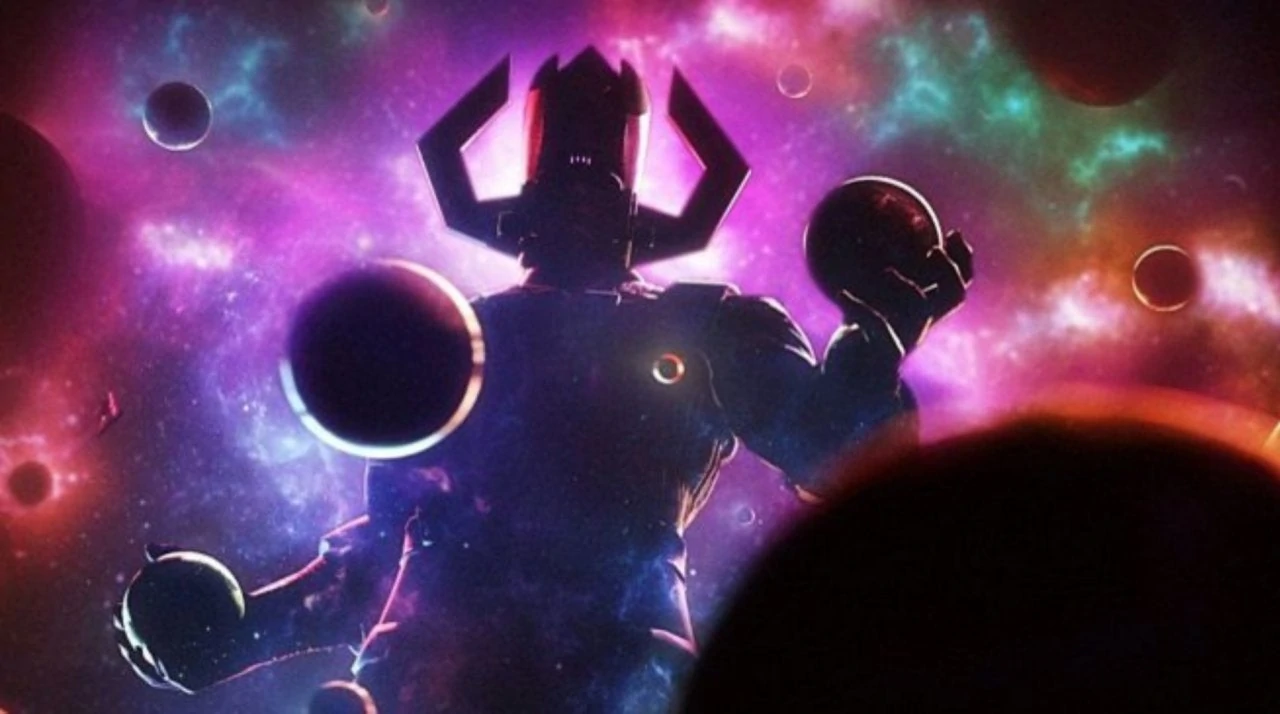
Galactus first appears in 1967 in Hannah-Barbera’s cartoon Fantastic 4. Ted Cassidy provided the voice of Galactus. He had green skin and a blue suit instead of his typical color scheme from the comics for some inexplicable reason. Galactus featured in the first and second seasons of the Fantastic Four animated series in 1994.
Tony Jay provided the voice of Galactus. Galactus made many cameos in the Silver Surfer Animated Series, which premiered in 1998. Galactus was all CGI in the series, which was groundbreaking at the time. James Bendick provided the voice of Galactus. Galactus initially appeared on the Super Hero Squad series in the episode ‘Last Exit Before Doomsday,’ when he arrived to eat the Earth alongside his heralds Stardust, Terrax, and Firelord.
George Takei of Star Trek fame provided the voice of Galactus. In the season finale, ‘This Al Dente Earth!,’ the Super Hero Squad learned they were no match for Galactus, even with his traitorous heralds. Galactus built a machine to eat the Earth’s interior first, and they fought it to buy time.
Iron Man gathered all of the Infinity Fractals and recreated the Infinity Sword, but it had no impact on Galactus either. Galactus only spared the Earth after the Silver Surfer volunteered to once again serve as his herald. Galactus claimed to be a sports lover, ate planets like cookies, and his helmet covered his unusual ears throughout the series. Galactus makes a brief cameo in the episode “Prisoner of War,” as he swallows Skrullos, the Skrulls’ homeworld. Galactus first appears in the episode “Avengers Assemble” as he arrives on Earth to devour it.
He dispatches four heralds to four different sites, but all are defeated by Earth’s Heroes. It concludes with Galactus being transported to the Negative Zone, where he will feed indefinitely on the Anti-Matter that makes up that universe. Galactus is voiced by John DiMaggio in the episode “Galactus Goes Green.” In the same world, DiMaggio reprised his character in the Avengers Assemble episode “Guardians and Spaceknights”.
Galactus appeared in the film Fantastic Four: Rise of the Silver Surfer. Galactus was introduced in the sequel to the Fantastic Four film. Gah Lak Tus dispatched the Silver Surfer to Earth in order for him to swallow it. The Fantastic Four finally persuade the Surfer to assist them in stopping Gah Lak Tus. The Silver Surfer then gives his life in order to destroy Gah Lak Tus and preserve the Earth. Galactus also appears in several video games.
Especially, an entire season of Fortnite was based on the arrival of Galactus as a threat to the Fortnite world. Galactus was introduced as the enemy of the Nexus War crossover event in the Fortnite battle royale game in 2020.
